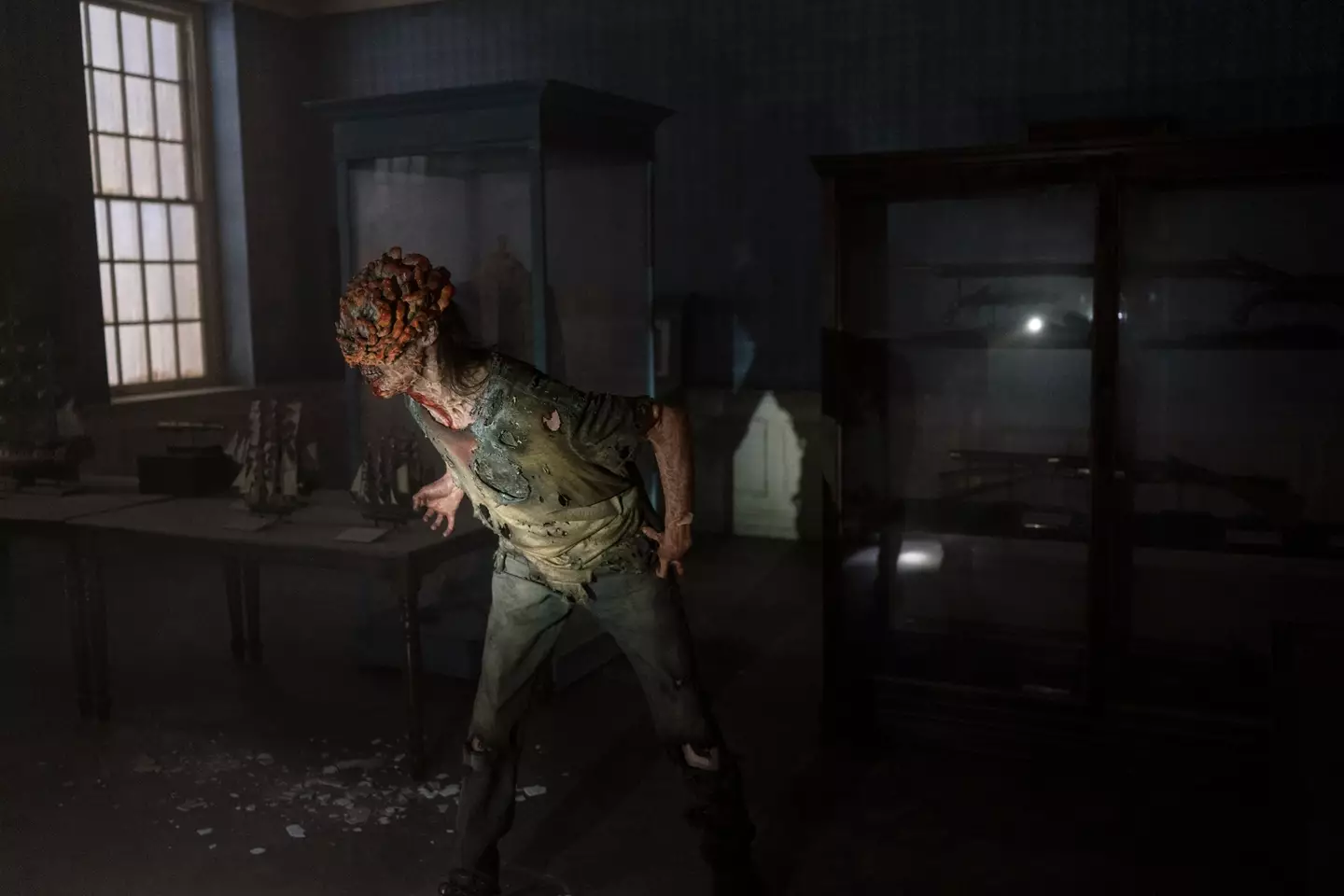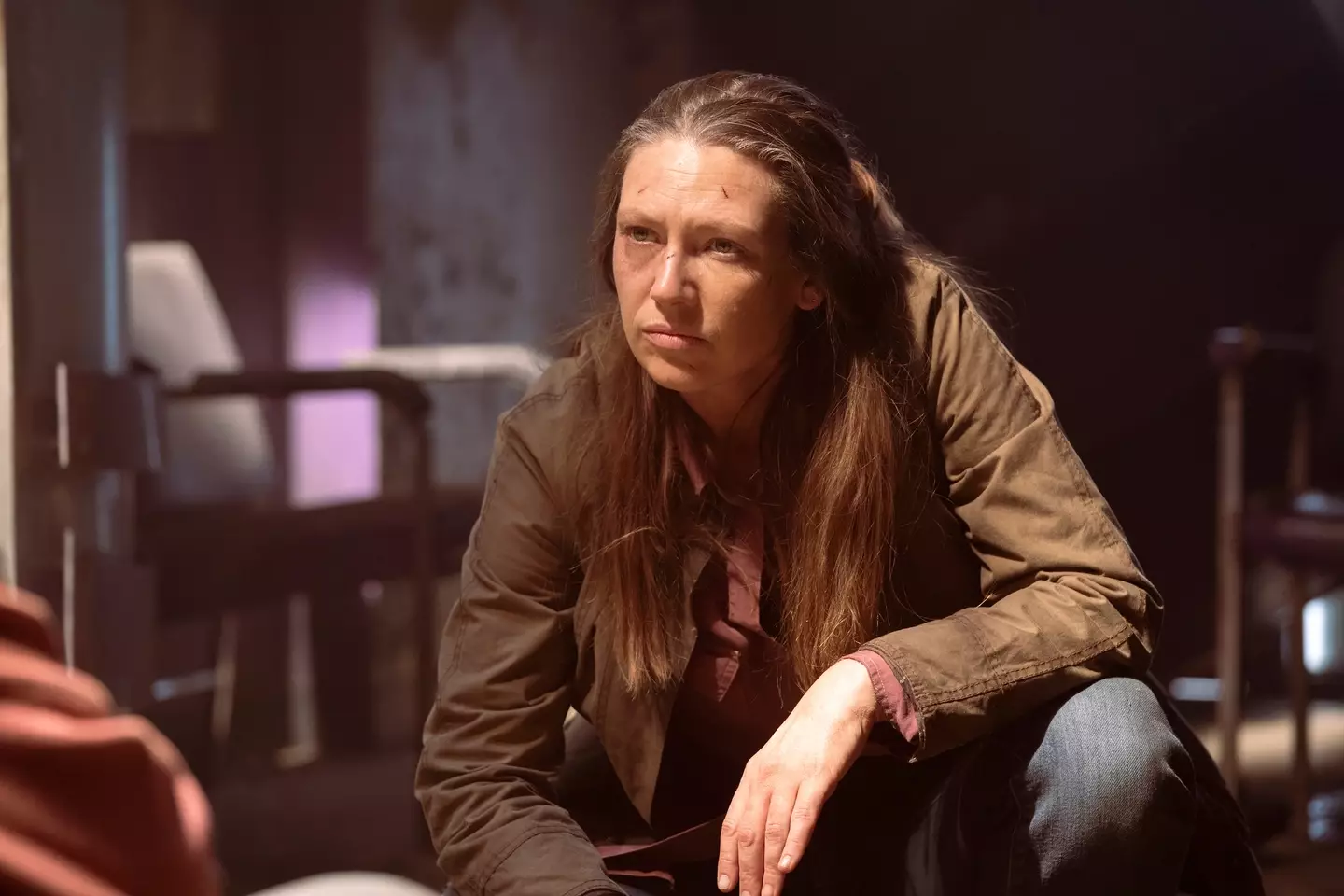
You’ve likely heard people refer to The Last of Us as a faithful adaptation throughout the past week - and that’s true, but it doesn’t mean that HBO’s series is a carbon copy of the game. In fact, I’d consider The Last of Us to be a masterclass in bringing gameplay to life. When I first saw that episode two, ‘Infected,’ was to be directed by franchise co-creator Neil Druckmann, I was both excited and trepidatious. There is no one who understands this story better than Druckmann and yet I wondered to myself, ‘Will he approach an hour of television with a gameplay-focused mindset?’
I’m happy to admit that I was wrong. Episode two, for me at least, perfectly captured the essence of the game whilst still remembering a crucial fact most adaptations seem to forget. This is a TV show - not a game. It has different needs. Using an old roll of tape to bandage Tess’ foot, Joel giving her a boost up … they’re all small nods to the game’s crafting and traversal system that I’m sure didn’t go unnoticed by diehard fans like me. My favourite thing about this episode though is that Druckmann realised that actually, threats need to be utilised differently in order to be effective and convincing here.
Take a look at the trailer below to see what else is in store this season.
In both The Last of Us Part I and Part II, we’re so used to facing Clickers, Runners, Stalkers, Bloaters .. you name it. At times, we can become desensitised by the repetition - particularly if it’s not one of the game’s more testing encounters. Don’t get me wrong, there are times that my heart is in my mouth but ultimately, I know that if I die seven times, I’ll eventually complete the encounter and proceed with the game. The scare comes from the immersion of the gameplay - the terrifying act of forcing yourself forwards in a darkened room knowing that Stalkers are scurrying alongside you, or creeping around in stealth surrounded by Clickers with only one bullet and a shiv on your person.
Advert
You can’t create tension that way in a TV show. The audience is now passive - something that episode two showed a clear understanding of. Joel, Ellie, and Tess encountered only two Clickers in the museum. They weren’t swarmed by a whole group with Runners bursting through the windows as they were in the game and yet, I think I’d actually say that I was more tense watching the show. If Joel was to blast though Infected with ease, as he can do in the game, TV audiences may not attach to him. We have to believe that our characters are really in peril. You may have sat there thinking, ‘Huh, you can kill a Clicker with two bullets,’ but what kind of tension would that build here?
Druckmann used the museum scene to make it clear to audiences that Infected are not easy to kill. There are no health packs here. There’s no endless supply of loot. Seeing Joel struggle to load his pistol and eventually run out of ammo brings home the severity of the situation that these characters are in. Having Ellie get bit a second time was also a clever move. For those who aren’t familiar with the story, it drives home the fact that Ellie is immune but it teases once again that these characters are not invulnerable - a fact that feels all the more poignant when Tess later reveals that she was also bitten during the earlier Clicker encounter.

The new tendril lore is very well considered too. I’m aware of the fact that Druckmann and co-showrunner Craig Mazin were keen to make the Infected as scientific as possible, stepping away from cliche zombie tropes. Clearly, cordyceps cannot actually affect humans in our world but the way the fungus operates in the show, including the introduction of tendrils and a network, mirrors how the fungus does affect ants in real life. Beyond this though, the new tendril network adds a level of threat that doesn’t simply rely on violence.
Advert
When Joel, Ellie, and Tess entered the museum, clearly I knew they were going to encounter Infected seeing as I have played the game, but my main fear surrounded the fungus that had spawned inside the building. Sure, Joel had said it was dry and no longer a threat but did you feel confident about that? I certainly didn’t. I held my breath waiting for the moment someone made a fatal wrong step. That moment didn’t end up coming until the Capitol Building scene.

We’d already had a high-adrenaline Infected encounter - and the show knew that. This latest change to the source material offered us an entirely new kind of dread. The second the fungus crept around the dead Runner’s hand, I let out an audible ‘Oh no.’ The tendril network introduces the idea that even if your immediate surroundings may appear to be safe, that is not the case. There is no safe sanctuary to be found in this world, or at least that’s what the show wants us to believe at this moment in time which puts the series in a strong position going forwards.
It’s now time to venture beyond the perimeters of Boston and the series has succeeded in doing what I thought was impossible. I know what’s coming and yet, at the same time, I feel like I have no idea. HBO’s The Last of Us doesn’t copy the source material. It takes the very best aspects of the game and asks: How can we improve this? How can we expand on the lore? On the threat? TV and film adaptations don’t need to be word-for-word recreations to be faithful. In fact, they just need to be like The Last of Us.
Featured Image Credit: HBOTopics: The Last Of Us, Naughty Dog, TV And Film, Opinion